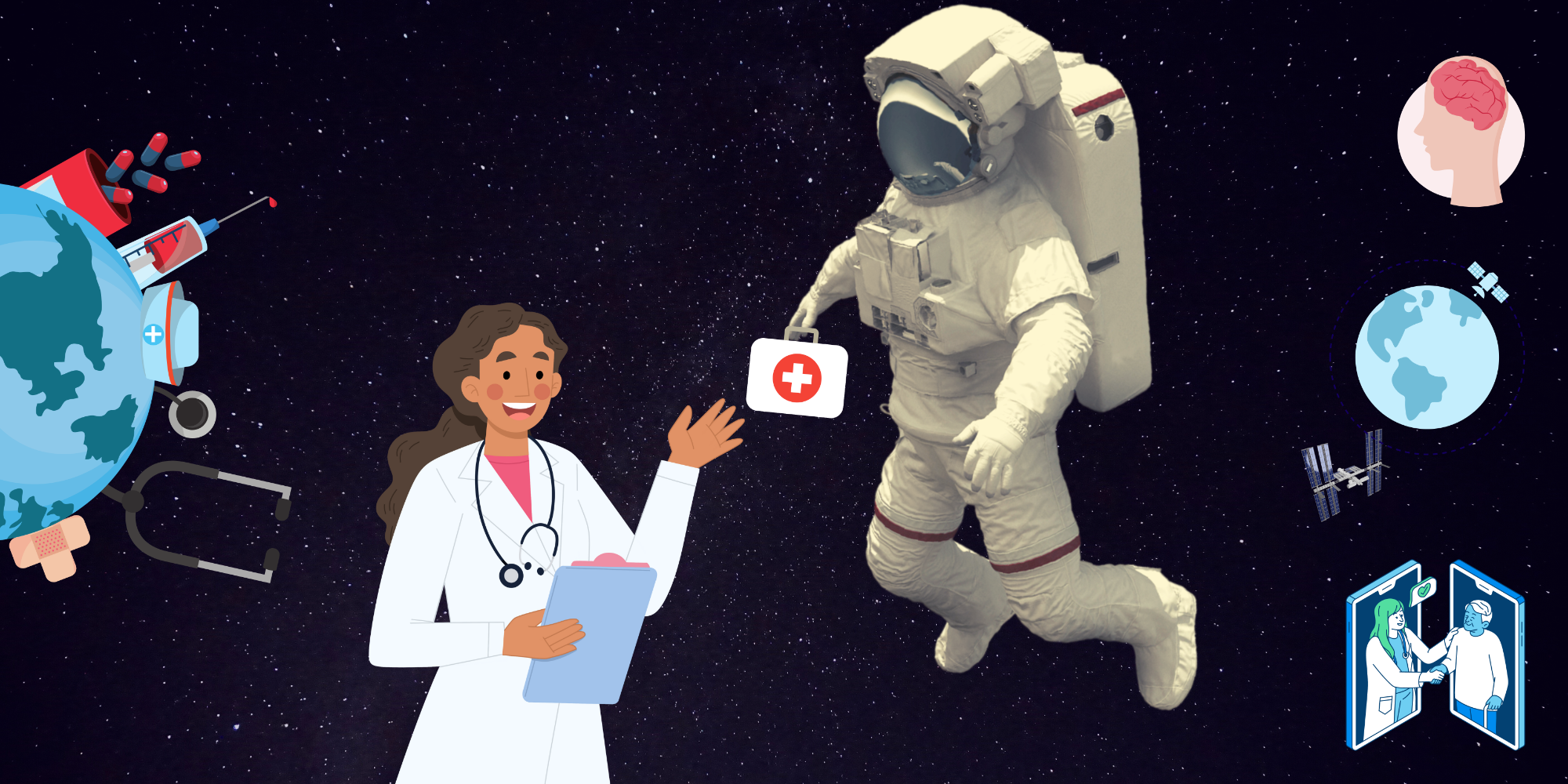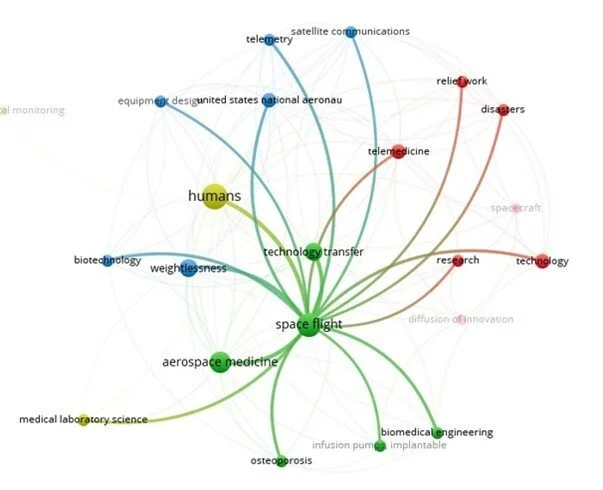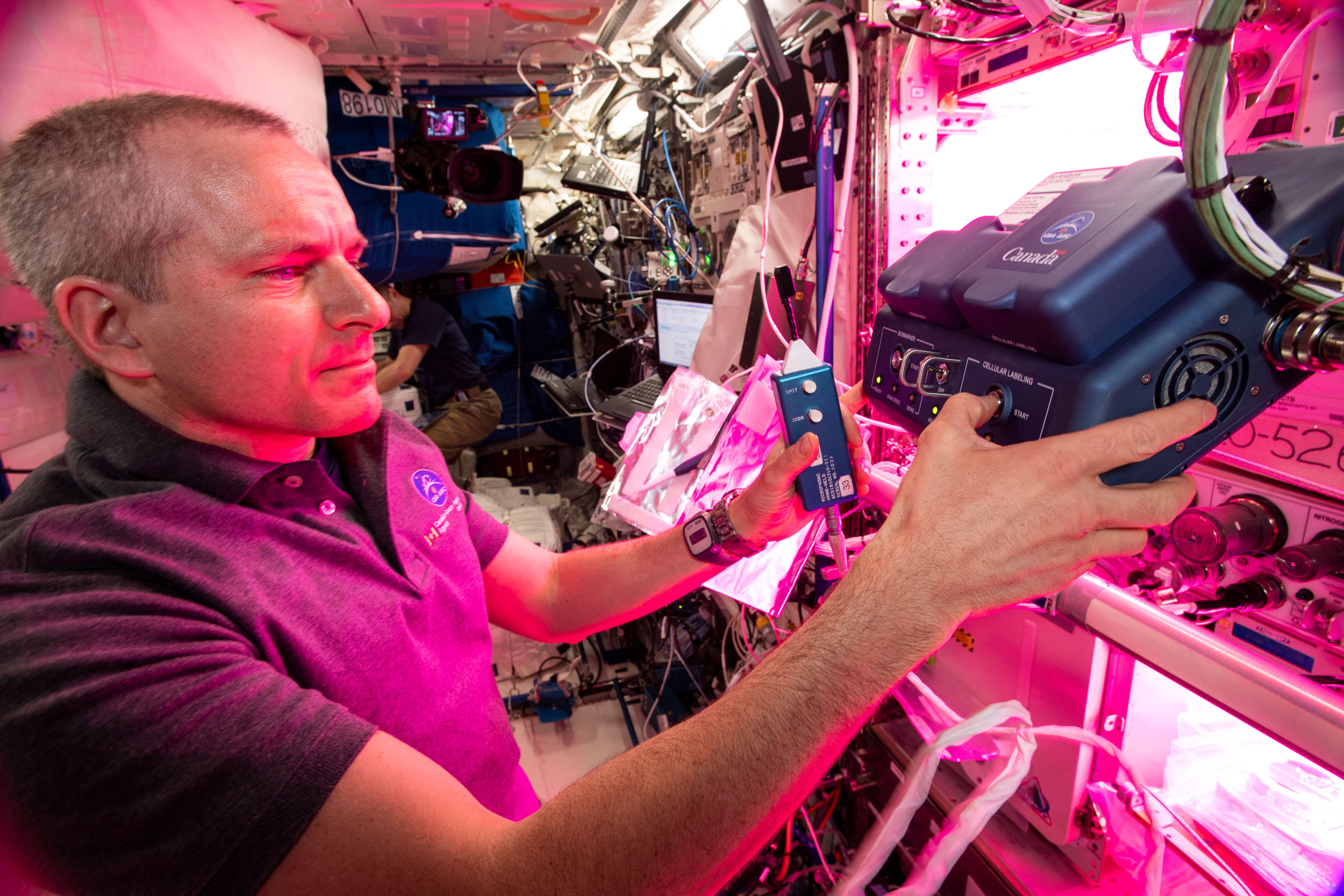Space Tech at Your Health Service
By Sibsankar Palit and Ryan Kirby
Space exploration is an incredibly interdisciplinary field that plays a major role in inspiring people to dream of what our future may hold while also returning technological and scientific benefits to us regularly. For decades, space technologies have been adapted for uses in our everyday lives [1]. To see how space technology impacts your own life, simply look around you each day. From the satellites that monitor environmental situations and help us take action in the event of an emergency to those that allow for global communication and navigation systems, these vital pieces of our space infrastructure are examples of how important space exploration is to our society. Similarly, satellites help us map, plan, and carry out urban and rural developmental goals [1,2].
In addition to the everyday benefits that satellites and other space-based technologies have on our lives, space exploration promotes global collaboration and encourages us to work together to better understand the universe around us while tackling some of the crises that we face today, such as environmental deterioration and climate change. Finally, decades of space exploration have been instrumental in healthcare and medicine, which has become especially relevant over the past couple of years as we have had to come together to fight against the Covid-19 pandemic.
Space stakeholders have long recognized the industry’s potential to assist in public health and its far-reaching impacts on medical treatment, health services, medicine, and epidemiology. For example, space missions aim to be fully self-sustainable, especially regarding supplies they receive from the ground, such as medical supplies. This self-sustainability will help them venture towards permanent human space missions to the Moon, Mars, and beyond.
Many solutions to the challenges that accompany developing self-sustainable missions can improve health services on Earth [4].
Bibliographic outlooks showcasing the interconnections between Space and Health sectors. NOTE: Only MeSH Database keywords were used to generate the bibliography. Image generation credits: Subhajit Hazra, LIFE-To & Beyond.
NeuroArm and Modus V are excellent examples of these powerful health sector tools developed with the help of space robotic technology of the Canadian Space Agency (CSA). NeuroArm is a precise robotic arm that can perform brain surgeries, and Modus V is a second-generation robotic digital microscope that has increased the efficiency of neurosurgeons to perform difficult brain surgeries.
Similarly, tools to remotely monitor astronaut health can be extrapolated to help monitor the health of both healthcare personnel and patients here on Earth. For example, Bio-Monitor is a tool developed for the CSA that can measure and record vitals such as heart rate and blood pressure and Bio-Analyzer is a tool that can quickly test blood, urine, or saliva samples and provide rapid results. These tools can help us track how patients or the healthcare personnel treating them are doing, allowing for better health tracking and more immediate treatment.
Image (on the left): Bio-Monitor. Credits: CSA | Image (on the right): Bio-Analyzer was turned on on orbit for the first time by CSA astronaut David Saint-Jacques in May 2019. (Credit: CSA/NASA)
Blood is pumped by the heart through the arteries, thereby distributing oxygen to our body cells. The microgravity conditions in space disturb this process. The Vascular series experiments carried out by CSA helped understand the changes in astronauts’ blood vessels throughout their space missions. This study in turn helps us better understand heart failure and the aging of our arteries here on Earth.
Space engineers who are also experts in modelling fluid flow through rocket engines have developed heart pumps that help keep patients alive while they are waiting for a heart transplant by enabling blood circulation through their body until a donor’s heart becomes available. Even the g-suit technology developed to reduce symptoms like light-headedness, fatigue, nausea, and fainting in returning astronauts is being applied to Earthly healthcare. This technology is being used to help stop bleeding after childbirth in people suffering from postpartum hemorrhage by applying external pressure to the lower body.
3D printing technology in spaceflight has generated sufficient knowledge that can be implemented in terrestrial healthcare. This in turn can enhance the production of medical, dental, and surgical tools, and pharmaceutical products [4].
Astronaut’s health can only be monitored via distant services like satellite communication or telecommunication and therefore telemedicine was invented. The use of telemedicine to provide healthcare services to patients through telecommunication services with distant healthcare experts and social workers has grown throughout the pandemic. It has the potential to make quality healthcare services more accessible to those in rural and remote areas, especially in small and medium-income countries [4].
Further, as we monitor the health of long-term astronauts onboard the International Space Station (ISS) and those returning home, we are forced to develop treatments for the many health issues they face. These issues are not unique to astronauts and this challenge has helped to research treatments for various health issues that people face here on Earth including bone loss, asthma, mental health, and sleep disorders.
The life of astronauts on the ISS can also provide us with insight into other health-adjacent issues here on Earth. For example, the dehydrated food eaten by astronauts can help solve food supply issues here on Earth and the technology used to filter their drinking water has the potential to provide solutions to clean water supply issues around the world.
It is also important to remember that the ISS is a research facility where the scientists onboard conduct a vast range of experiments, including the production of medication and medication components in different environments. This unique laboratory environment offers vast potential for the emergence of new medicines or more efficient ways to produce medicines among other scientific accomplishments.
Finally, the use of satellite-based Earth observations helps us understand environmental factors affecting health [1]. This process of using space-based observations to assess the interconnections between the environment, health, and climate is called tele-epidemiology. This rising field can help in the assessment and monitoring of the environmental factors related to the spread of diseases and can help us monitor, map, and potentially combat the spread of diseases [1].
One of the most menacing events in human history that shook the whole of the modern health infrastructure and health professionals was the Covid-19 pandemic. The space sector suffered from tremendous funding and resource losses during the pandemic [1]. Despite this, the space sector continued to provide services to combat the impact of the pandemic on humanity by helping to remotely monitor and combat the spread of the pandemic through tele-epidemiology, helping patients around the world to obtain telemedicine and health services, and through the long-term advances and technologies, it has and will continue to provide. For example, Covid hotspots were mapped with remote observations and the strategies that astronauts use to combat the mental health challenges of isolation were more relevant than ever for the many people struggling with these challenges during the pandemic [1]. The deep interconnectedness of space sciences and healthcare on Earth has long impacted our lives, even if we did not know about it. Now, this interconnection is more relevant than ever as the rapid growth of telemedicine and tele-epidemiology have helped us monitor and map the pandemic and have helped many people globally receive remote healthcare services.
References:
[1]Palit, Sibsankar, et al. “Space Industry and COVID-19: An Insight into Their Shared Relation.” International Journal of Enhanced Research in Science, Technology & Engineering, vol. 11, no. 3, 2022, pp. 26–31, www.erpublications.com/uploaded_files/download/sibsankar-palit-subhajit-hazra-ripudaman-m-singh_vzAmK.pdf.
[2]“Benefits of Space Exploration.” Canadian Space Agency, www.asc-csa.gc.ca/eng/about/everyday-benefits-of-space-exploration/default.asp. Accessed 7 Apr. 2022.
[3]“Improving Health Care.” Canadian Space Agency, www.asc-csa.gc.ca/eng/about/everyday-benefits-of-space-exploration/improving-health-care.asp. Accessed 7 Apr. 2022.
[4]Cinelli, Ilaria, and Thais Russomano. “Advances in Space Medicine Applied to Pandemics on Earth.” Space Science & Technology (A Science Partner Journal), vol. 2021, 2021, https://doi.org/10.34133/2021/9821480.





